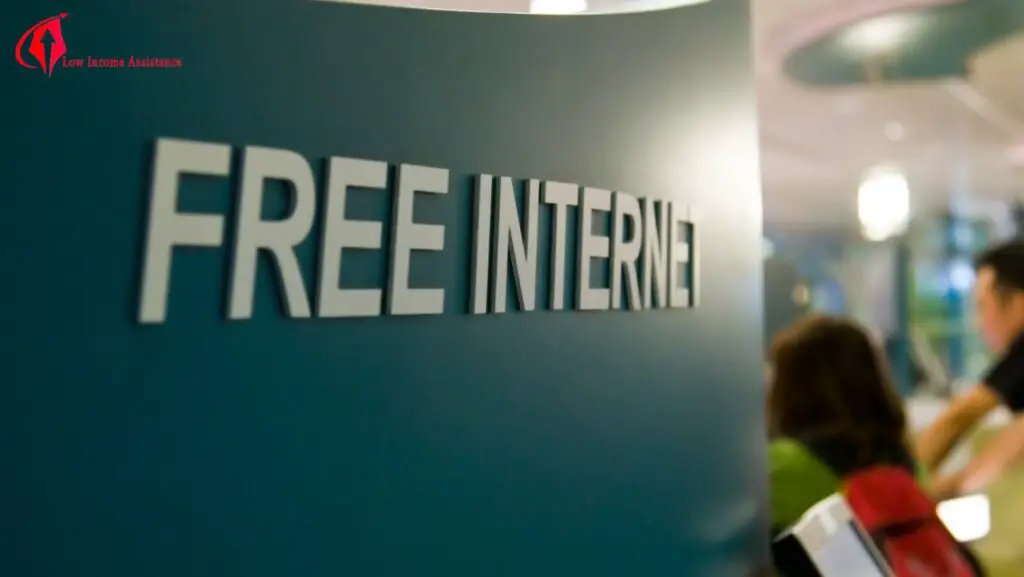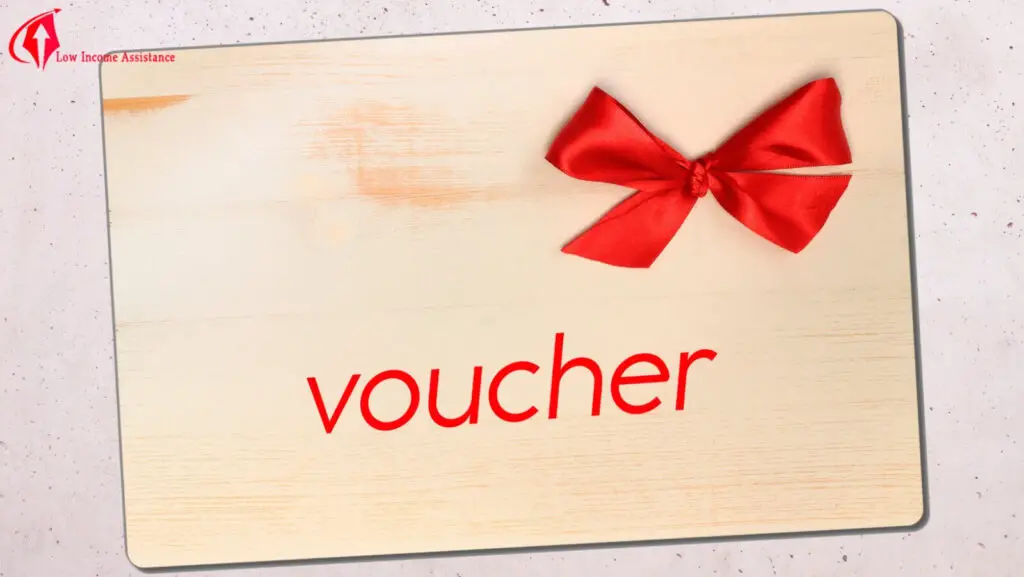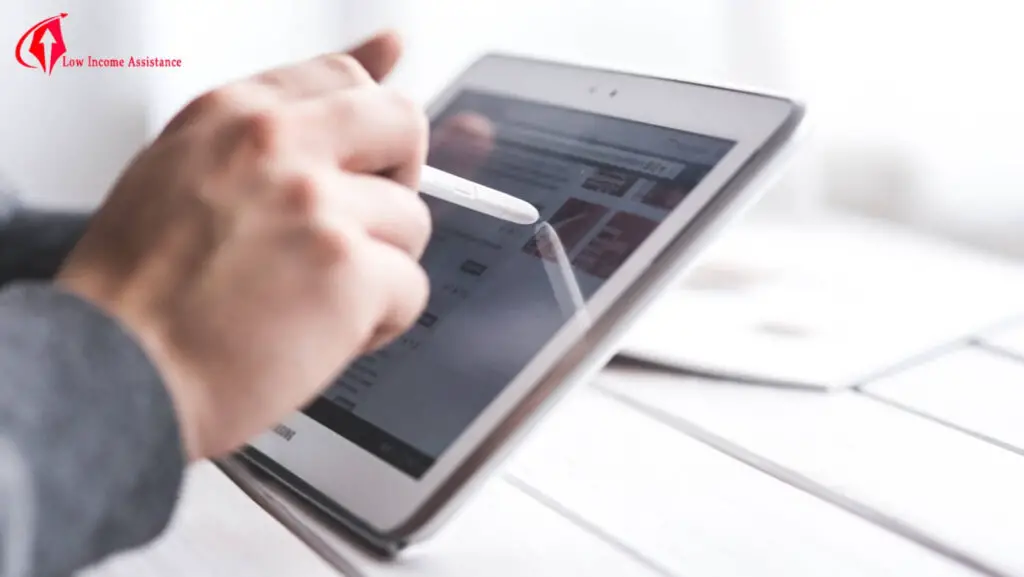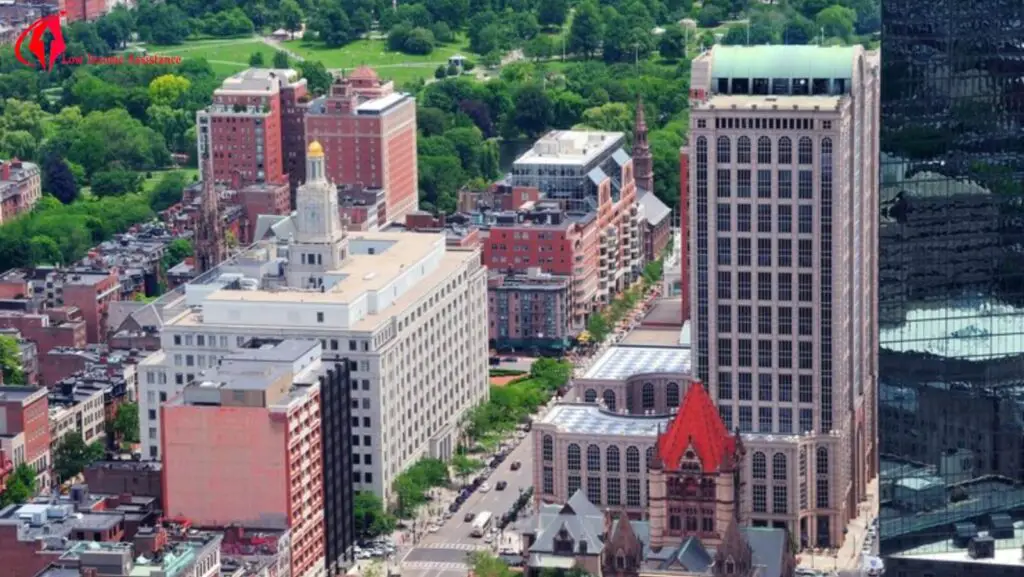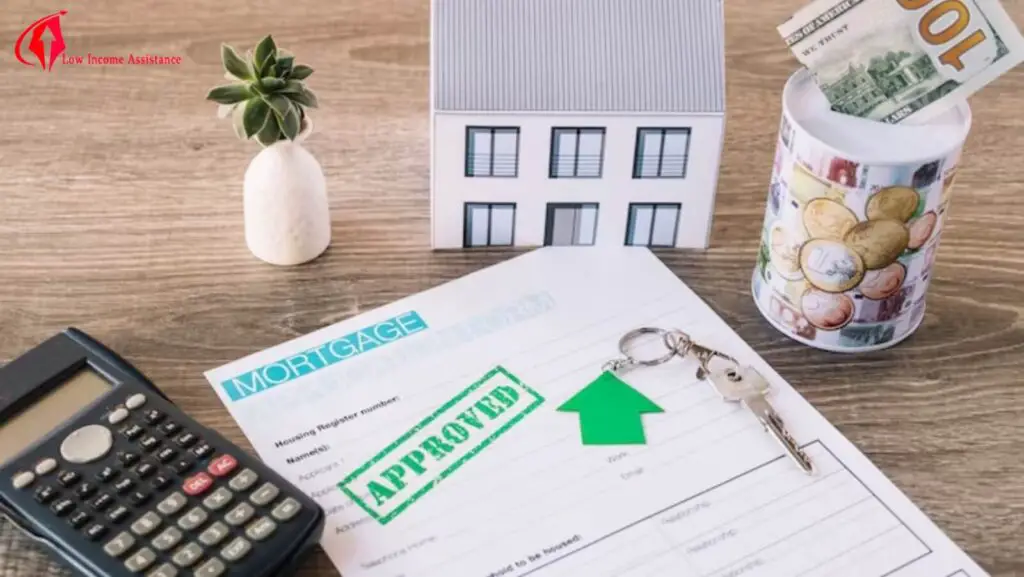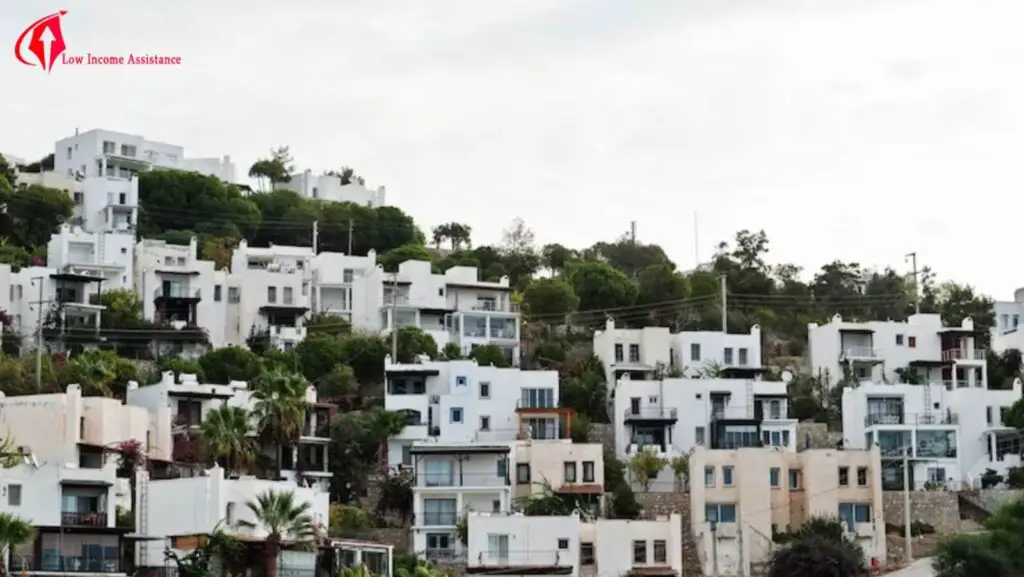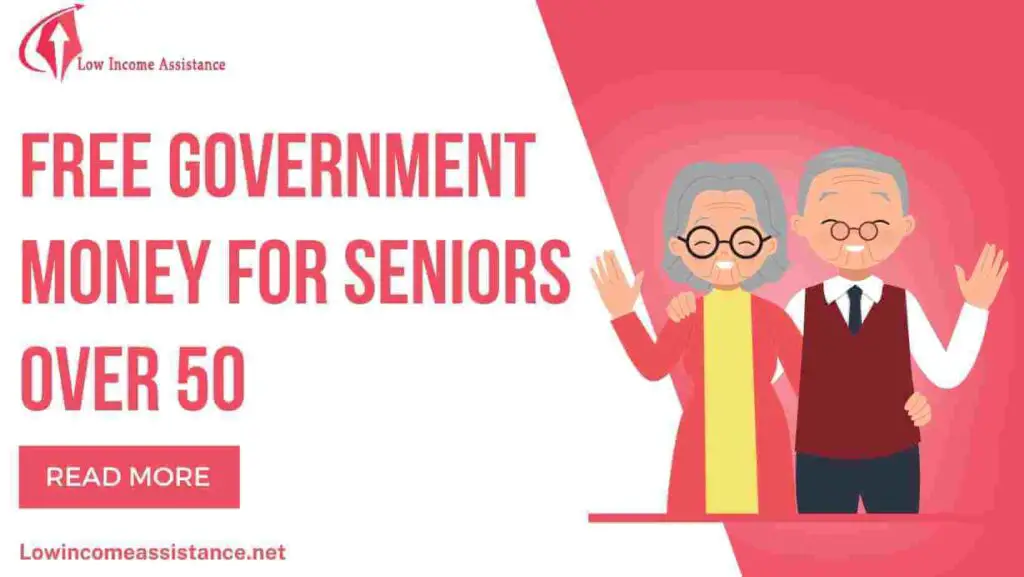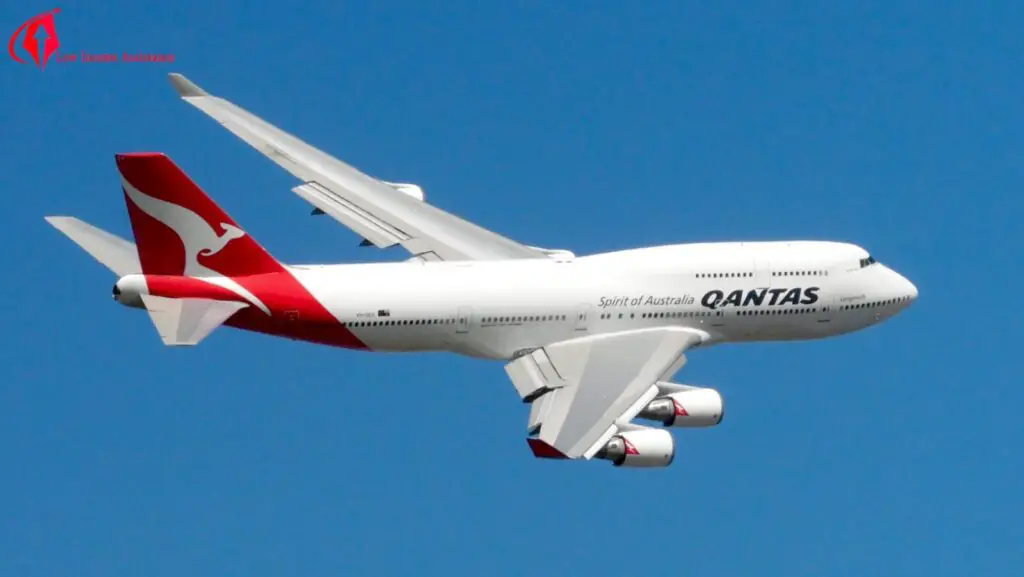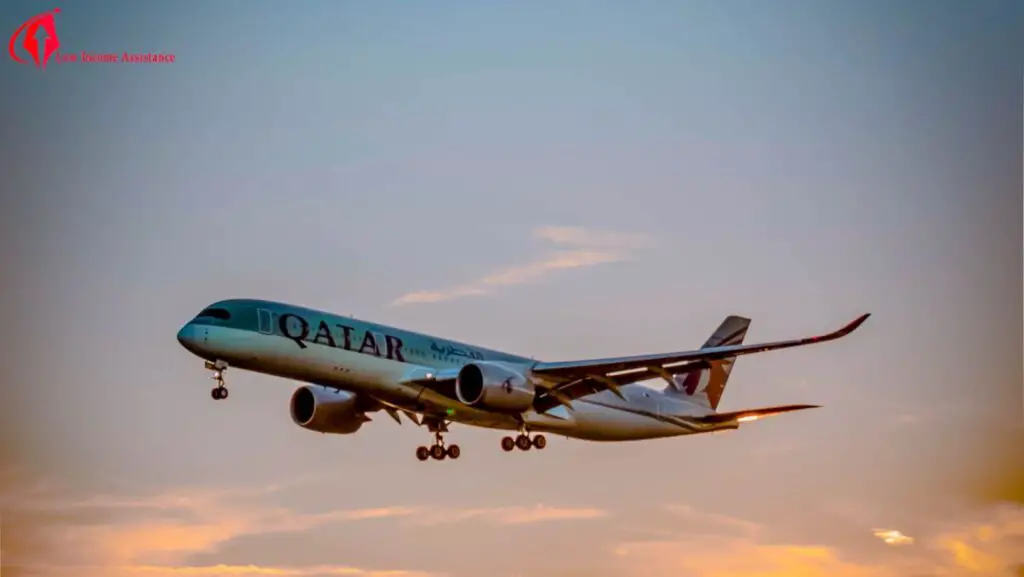In today’s world, access to the Internet is essential for success. Yet millions of people lack the resources necessary to obtain this vital tool. Fortunately, there are options available that enable low-income individuals to access a free Internet connection.
This blog post will provide an overview of the ways in which free internet access can be accessed through government programs and initiatives targeted at those who cannot afford the hefty cost associated with commercial providers. By emphasizing the importance of free government internet for low-income, this guide will help anyone seeking a better life by staying connected online no matter their financial situation.
How Do I Get Free Government Internet?
Are you looking for an introduction to free internet access? You’re in luck! Here we will provide you with ways to save on your internet bill and gain access to the internet, no matter your financial situation. Learn how to apply for jobs, complete coursework, and stay in touch with loved ones – all from the comfort of your own home.
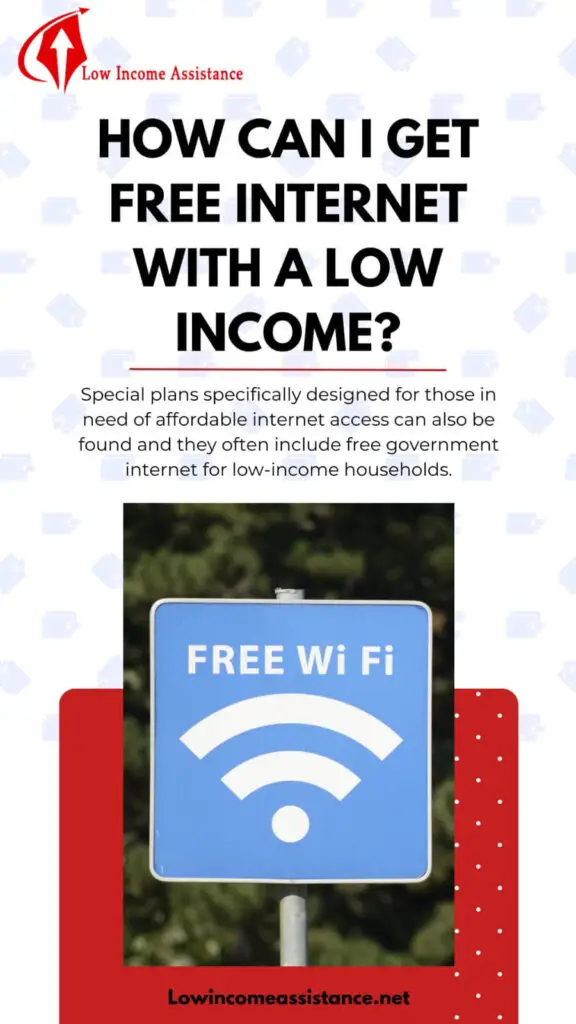
-
Free Government-Funded Internet Services
The Federal Communications Commission (FCC) sponsors a program called free government lifeline internet that aims to provide low-income households with affordable phone and internet access. Through Lifeline, qualified participants can receive discounted or even free internet plans, depending on the participating service provider.
The eligibility criteria include being a recipient of certain government assistance internet programs, such as Medicaid or the Supplemental Nutrition Assistance Program (SNAP), or having an income below 135% of the federal poverty guidelines.
-
Local Libraries And Community Centers
Local libraries and community centers have long been the go-to places for free internet access. Many libraries offer free Wi-Fi and computer usage with a valid library card, making it a perfect option for those who need to complete assignments, apply for jobs, or simply stay connected.
Community centers, schools, and parks may also provide free Wi-Fi access in public spaces. These can offer a peaceful environment to work along with the bonus of not having to pay for internet access.
-
Free Wi-Fi Hotspots
In an attempt to become more tourism and business-friendly, many cities have started to offer free Wi-Fi hotspots in select areas – such as free government hotspot devices for public spaces such as downtown areas, parks, or public transportation stations.
You can usually find information about these hotspots on your city’s official website or by checking out apps like Wi-Fi Free Spot, which lists free Wi-Fi locations by state and city.
Churches That Help With Utility Bills
-
Free Wi-Fi At Coffee Shops, Restaurants, And Stores
Many popular coffee shops, restaurants, and retail stores offer free Wi-Fi for customers. Starbucks, McDonald’s, and Panera are among the most popular chains that offer free Wi-Fi, while some smaller businesses might have free Wi-Fi as well.
Patrons using these services usually have the unwritten expectation to purchase something from the establishment to justify sitting there and using their internet. However, it may still be cheaper than paying for your own service at home.
-
Tethering And Mobile Hotspots From Your Phone
Your smartphone can be your gateway to accessing free internet service. With most smartphones offering tethering or hotspot features, you can share your phone’s data plan with your other devices, such as laptops or tablets.
Be warned, using this method can lead to quickly exceeding your data plan’s limits, incurring additional costs.
Even though this isn’t exactly “free” internet, as you pay for your mobile data plan, you can at least distribute your usage between several devices without paying extra for access.
Who Can Qualify For Free Internet Services In The USA?
The digital divide is a real issue that plagues the US and many other countries. To try and bridge this divide, there are free internet programs available in the US to help certain segments of the population get online.
Who can qualify for these services? Here’s a look at who is eligible for free internet service in the USA:-
-
Students
Low-income students are eligible to apply for subsidized internet connection services through providers like Comcast, AT&T, Cox Communications, Verizon, and others.
-
Seniors
Seniors aged 65 or over may be able to access a variety of discounts on their monthly internet bill, or even take advantage of free government internet for seniors from certain providers such as AT&T and Cox Communications.
-
Disabled Individuals
People with disabilities can potentially qualify for discounted or even free internet from service providers like CenturyLink and Sprint.
Taking advantage of these free internet programs can have many benefits for those who are struggling financially or are unable to pay for an internet connection due to disability or age. For students, having access to the internet opens up new opportunities for learning, communication, and finding resources needed for their studies.
And seniors can stay connected with family and friends without worrying about costly bills. Free internet also enables disabled individuals to access medical care, job opportunities, educational materials, and more right from their own homes.
Overall, these free internet programs provide an invaluable resource to those in need – granting them access to vital services that would otherwise be unattainable due to financial constraints.
How To Apply For Low-Income Internet?
Applying for low-income internet can be a confusing and overwhelming process. But don’t worry — we’re here to help you understand the process so that you can get online quickly and easily.
Here are some tips to help make your application process smoother.
Identifying The Programs
The first step in applying for free or low-cost internet is identifying the programs that are available to you. These programs can range from government-sponsored initiatives to assistance provided by internet service providers (ISPs) in your area.
A popular government program is the Lifeline Assistance Program, which provides discounted or free phone and internet services, including free wifi from the government, for qualifying low-income households. For ISP programs, some popular options include Comcast’s Internet Essentials, AT&T’s Access, and Spectrum’s Internet Assist.
Reviewing Eligibility Requirements
Once you have identified the programs available in your area, the next step is to review the eligibility requirements for each program. While requirements can vary from program to program, some common criteria include:
-
Household Income
Most programs require your household income to be at or below a certain threshold, typically 135% or 150% of the Federal Poverty Guidelines.
-
Participation In Government Assistance Programs
Many programs require applicants to be enrolled in specific government assistance programs, such as Supplemental Nutrition Assistance Program (SNAP), Medicaid, or Supplemental Security Income (SSI).
-
Veterans Or Military Families
Some ISP programs offer discounts to veterans or active-duty military personnel and their families.
-
Residence
You will need to verify that you reside in an area serviced by the ISP offering the low-cost internet program.
Gathering Documentation
After aligning with the eligibility requirements, gather the necessary documents to prove your eligibility. Depending on the specific program, you may need to provide:
-
Proof Of Household Income
This may include recent pay stubs, W-2 forms, or a copy of your latest tax return.
-
Proof Of Participation In Government Assistance Programs
This may include documents such as your SNAP, Medicaid, or SSI award letters.
-
Proof Of Residence
A utility bill, rental agreement, or other document displaying your address.
-
Veteran Or Military Service Documentation
DD 214, military ID, or other proof of service.
Submitting Your Application
Now that you have identified the appropriate programs and gathered the necessary documentation, it’s time to submit your application. Application procedures may vary depending on the program, but most will require you to:
-
Complete An Application Form
Generally, you will need to complete an application form, either online or in print, with your personal information, income details, and program enrollment status. If you are applying for the Lifeline Program, visit their website and use the “How to Apply” tool to guide you through the application process.
-
Provide Documentation
Include copies of the gathered documentation as required by the specific program.
-
Submit Your Application
After completing the form and gathering your supporting documents, submit your application either by mail, online, or in person (if applicable). Be sure to double-check the application for accuracy before submission.
Activating And Maintaining Your Service
If your application is approved, follow the instructions provided by the program or ISP to activate your service. Additionally, be aware that many low-cost internet programs require you to maintain eligibility and adhere to certain requirements, such as:
-
Recertifying Annually
This may involve submitting updated documentation to prove you still meet the eligibility criteria for completing a recertification form.
-
Utilizing The Service Properly
Some programs may have rules regarding how you can use your free or low-cost internet service, and you must abide by these guidelines.
-
Periodically Verifying Your Eligibility
Some ISPs may periodically check your eligibility to ensure you still qualify for their discounted programs.
How To Know If You’re Approved For Free Internet?
Are you wondering how to know if you are approved for free internet? Don’t worry, it’s a common question! Depending on the type of government internet access program you’re applying for, there are a few ways to find out if your application has been approved.
First, check to see if there is an online status page or portal where you can track the progress of your application. This is often the case with government-run programs that offer free internet access.
Second, many government organizations may send out emails or text messages when your application has been approved. Be sure to read the fine print carefully and follow the instructions provided in order to activate your account and get connected.
Third, some programs may require additional steps such as in-person interviews or face-to-face meetings with an official representative. It’s important to attend these meetings and complete any necessary paperwork in order to be eligible for approval.
Finally, don’t forget that sometimes applications take longer than expected. If it has been more than a week since submitting your application and you still haven’t received any information, contact the organization responsible for administering the program directly.
They’ll be able to provide more specific details about what steps have been taken (or still need to be taken) in order for you to be approved for free internet access through their program.
How Long Does It Take To Get Approved For Free Internet?
Are you having trouble paying for internet service? If so, the US government has a program that can help pay internet bills. The Lifeline Program offers free or discounted phone and internet services to eligible low-income households in the United States. To get approved for the Lifeline program, you must first pass a test to confirm your eligibility. This process may take up to 5 days.
Additionally, there are several organizations that offer free internet for low-income families. These include Connect2Compete which can provide free computers and discounted cable/internet access for qualified households,
Comcast’s Internet Essentials which offers reduced-price internet plans for families with children who qualify for certain public assistance programs, and the Federal Communications Commission’s (FCC) Emergency Broadband Benefit Program provides a one-time discount of up to $50 per month on your broadband bill.
Overall, signing up for free internet or discounted services through the US government programs or other organizations can be a lengthy process but is worth it in the end if you need reliable and affordable access to an essential service like the internet.
Conclusion:-
Accessing Free government internet for low-income people doesn’t need to be a dream. By taking advantage of government-funded programs, local libraries and community centers, and free Wi-Fi hotspots, you can save money while staying connected. Explore these options and determine which is the best choice for your needs.
Remember, staying connected is crucial in today’s connected world, and knowing where to find free or low-cost internet access can help bridge the gap for everyone, regardless of income level or location.
Frequently Asked Questions
When will I get my free internet?
Low-income households in the United States may be eligible to receive free internet services through the FCC Lifeline Program. The program provides a discount on monthly broadband service for qualifying households, and some providers offer up to 25 Mbps connections for free.
To find out if you qualify for this program, contact your local Internet service provider or visit the FCC Lifeline website. You will need to provide proof of income and other necessary information to determine your eligibility.
How long does the free internet last?
The amount of time that free internet access lasts for low-income families varies. Some companies may offer a promotional period of 1-2 months, while others offer discounted rates throughout the year.
Additionally, certain organizations may provide completely free internet access to qualifying households. If you are interested in finding out more about free internet options, contact your local government or non-profit organization to inquire about their services.
What is the maximum speed of the free internet?
The maximum speed of the free internet will depend on your internet service provider as well as the type of connection that you have. Generally speaking, with a good connection and quality hardware, you should be able to receive speeds up to 100 Mbps or more. However, this may vary depending on the limitations set by your ISP.
Can I get free internet if I already have internet?
You can take advantage of free government internet if you already have an internet connection. The US government offers several online resources that provide free or low-cost internet access, such as the Lifeline Program and the National Broadband Map. Additionally, many local libraries provide free public Wi-Fi hotspots for those who do not have access to an internet connection at home.
How to get wifi at home for free?
Depending on your location, you may be able to find free public wifi hotspots provided by local governments, libraries, or even universities. To find the best options near you, check out your local government website or contact your city’s department of telecommunications for more information about free wifi from government sources.

